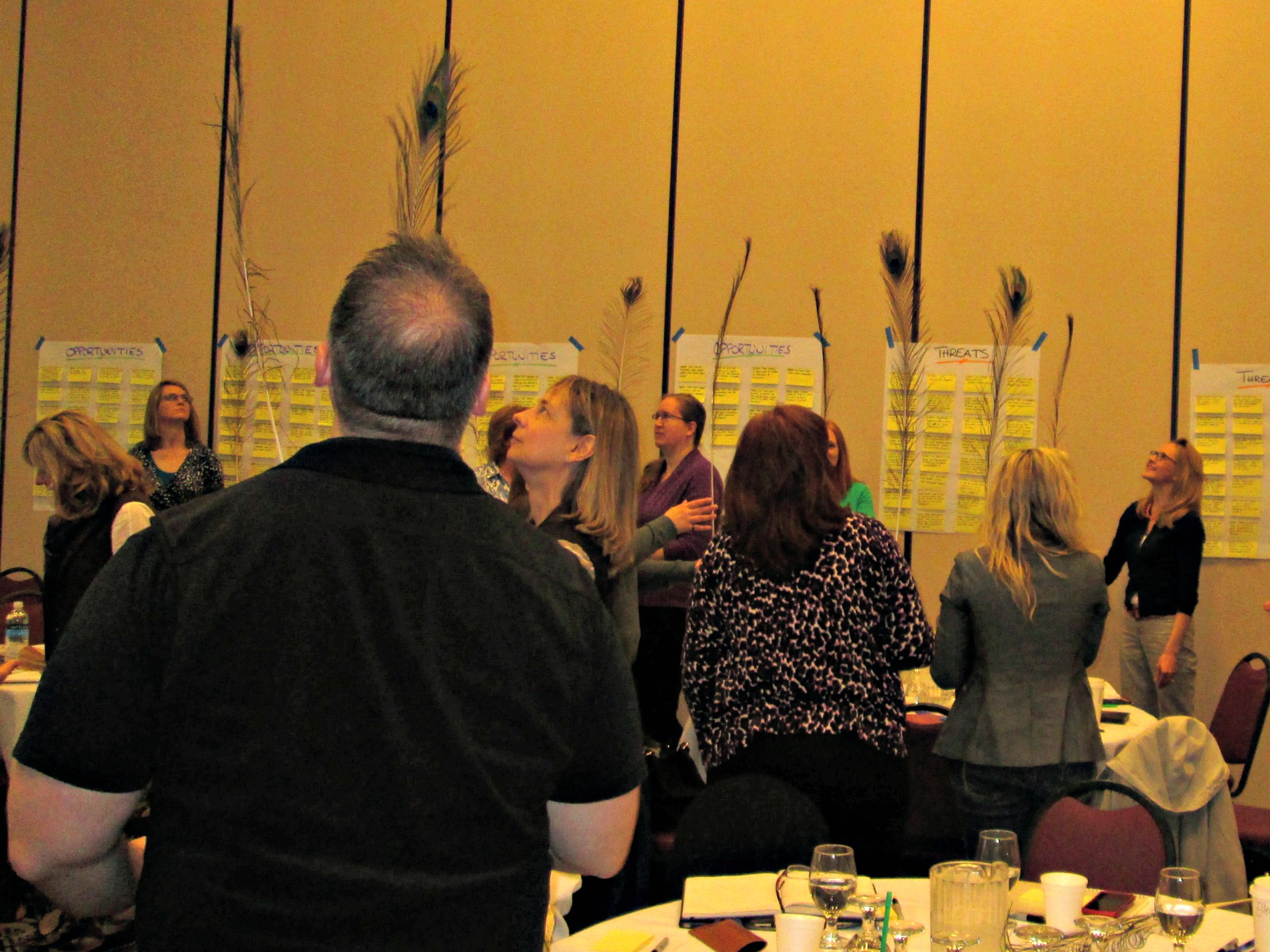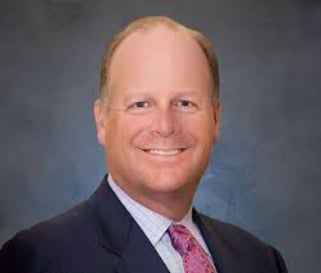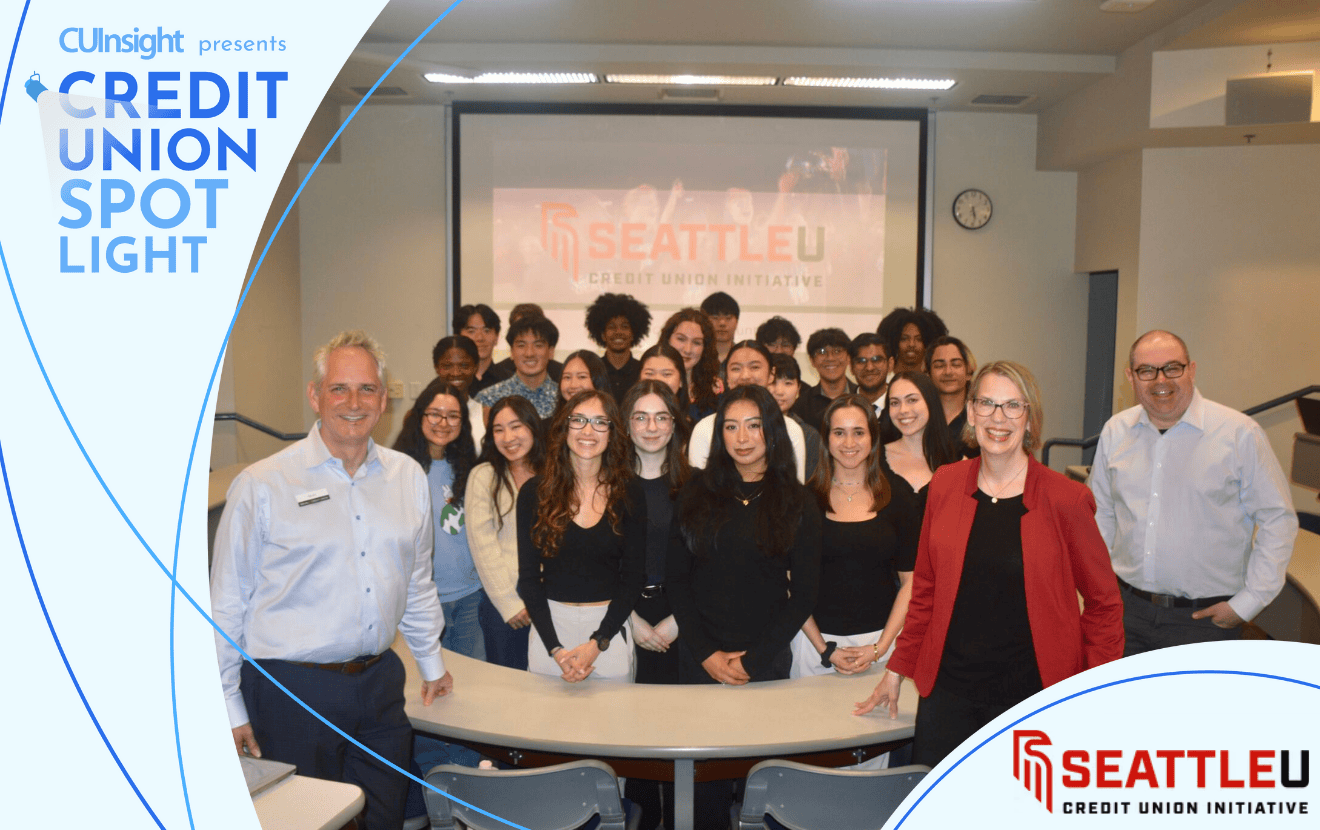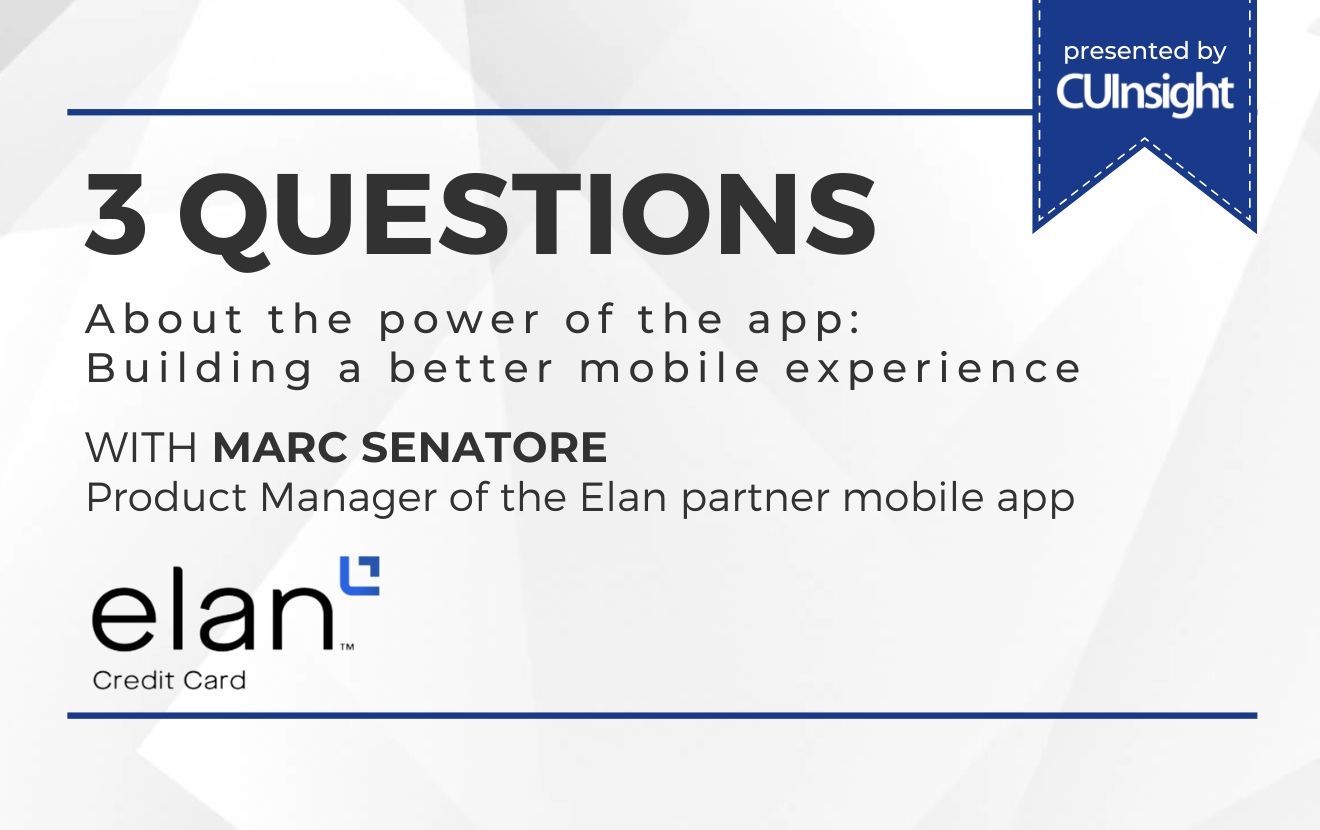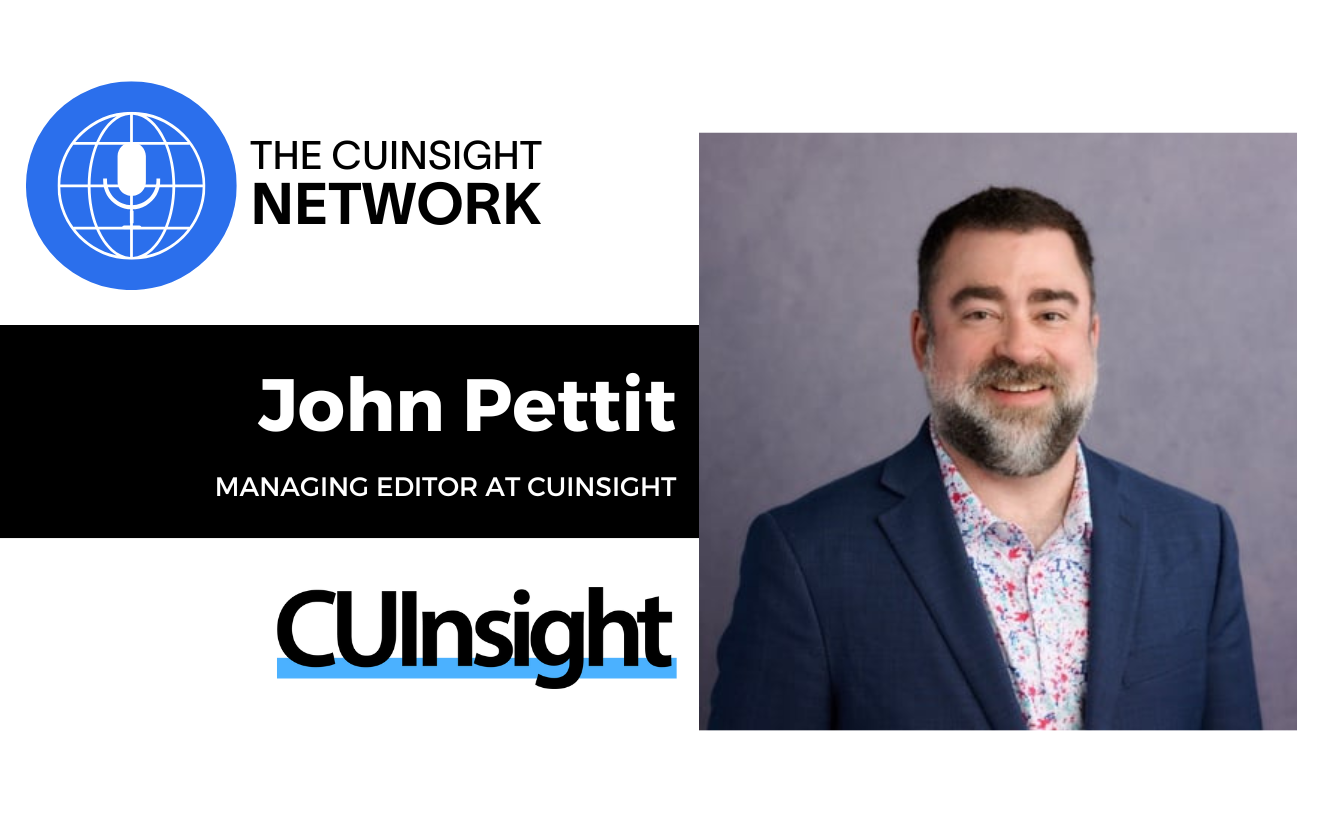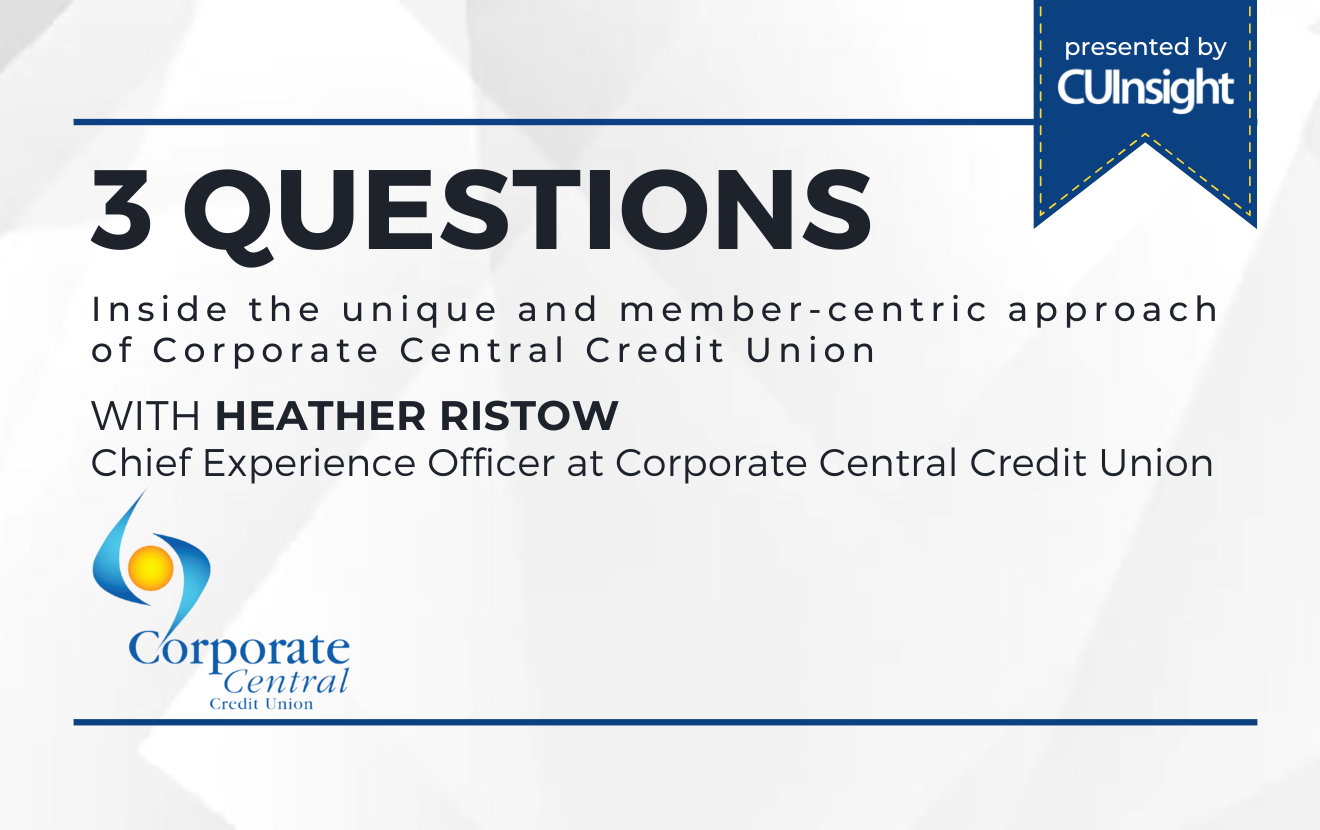Have you ever read an article about how brainstorming in a formal corporate setting just doesn’t work? Yet the CUES staff successfully brainstormed hundreds of ideas for CUES—and created the foundation for a strategic plan to take to the CUES Board—by spending two days together in April in a hotel meeting room.
Here are six things I think contributed to the success of CUES’ effort that you can apply with your credit union team.
- Include key players from all areas and levels in the organization. CUES is small enough that we were able to include every staff member in the brainstorming sessions. This was a great professional development opportunity for our young professionals and others on the team who don’t think organization-wide on a day-to-day basis. Being inclusive also helps get staff buy-in for the ideas generated and the resulting strategic plan.
- Pick your time window. If you’re going to plan out 20 years, I don’t know if that works. There’s too much that is completely unknown. If you plan out a year, you’ll probably be too tactical. CUES chose to think about what the organization will look like three to five years out
- Hire able facilitators. CUES was very fortunate to work with Scott Isaksen from The Creative Problem-Solving Group out of Buffalo, N.Y. Isaksen has published extensively on creativity, innovation and brainstorming, and has had successful consulting relationships with Fortune 100 companies.
- Get “artistic.” Isaksen asked the CUES staff to draw their vision of CUES in the next 10 years. While most people on the CUES team aren’t artists, they got out of their usual ways of thinking by participating in the effort to draw. I’ve been in brainstorming sessions where an artist was brought in to listen to the group’s brainstorming and draw an artistic interpretation of them on a white board. This became a mural of the discussion as it happened. At the end of the day, a picture was taken of the mural so everyone had a record of the ideas that were generated.
- Include fun, illustrative exercises to break up the hard work of strategic thinking. As the photo illustrates, CUES staff members were asked to hold a peacock feather upright in the palm of their hands—first, looking at the base (which made the task near impossible) and, later, looking up at the top (which worked pretty well). This exercise not only got people out of their seats, but also got them thinking about how a change in perspective or approach can make an initiative much more possible.
- Allow time for idea “incubation.” Before the staff came together in the formal session, several reports were prepared and shared about the marketplace, CUES and the national economy. Staff were asked on their own to generate several “wouldn’t it be nice if” and “wouldn’t it be awful if statements” about our organization’s future. Then, on day one of group brainstorming, Isaksen had the CUES team generate more ideas along these same lines during several different sessions, using several different approaches. Finally, he sent everyone home to rest (thinking so much is exhausting!), knowing full well that each staff member’s brain would have the ideas of the day on the “back burner.” On day 2, Isaksen asked for still more brainstorming. Research shows that the best ideas come later in the process, as time allows for more incubation.
The CUES staff was really engaged in the process and that helped it be successful. The plan is taking shape and everyone on the team agrees that the output is right for the organization—even if folks aren’t yet in full agreement of the details of how to execute the plan.
Soon the plan will go to our board for their buy-in, and the final plan will drive CUES’ budget process, how we invest our dollars, and how we match up our people’s strengths with the things that need to be done.
We are excited about what we have done and about what the future holds for CUES and its work to provide great professional development opportunities to credit union leaders. I hope the six suggestions for brainstorming will be helpful to you in your next idea-generation session.
